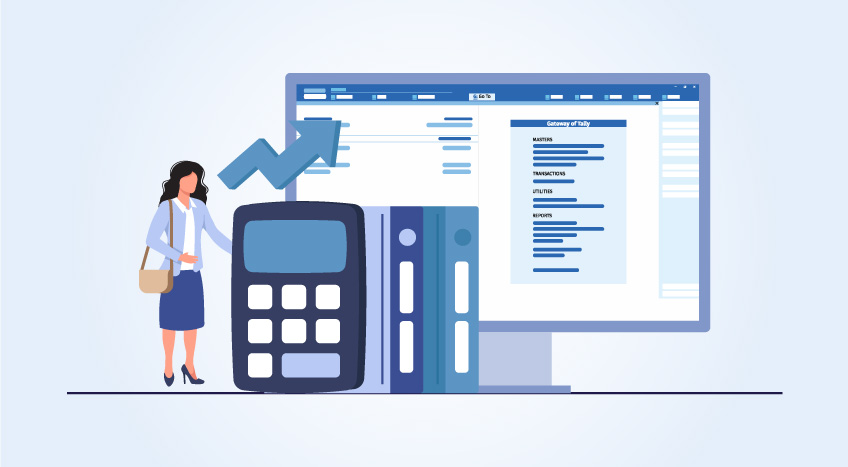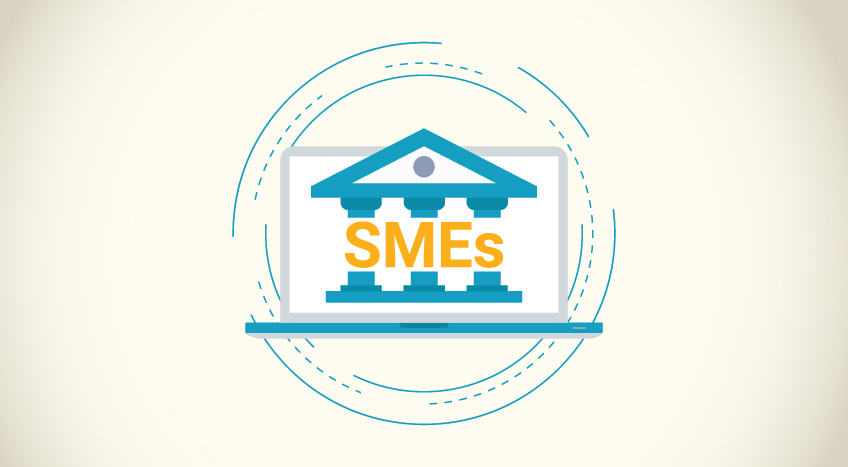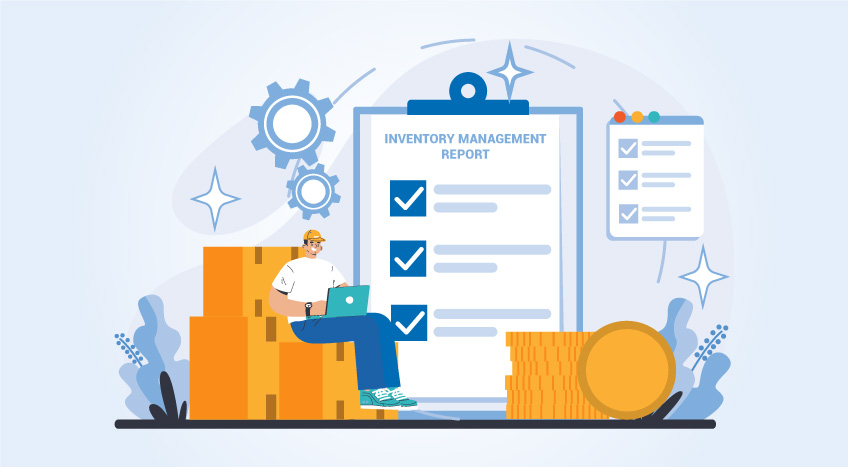- What does a balance sheet show?
- 5 helpful balance sheet ratios
- Keeping track of balance sheet ratios
A balance sheet is one of a company's most important financial statements. It is usually generated for every financial year and is used to convey the company’s financial performance through that time period. What does a balance sheet show? A balance sheet gives a bird’s eye view of the company’s entire finances and details the assets (what the company owns), liabilities (what the company owes), and equity (the value left after expenses). An accurate balance sheet will show that the value of the assets equals the sum of the total equity and liabilities. If this is not true, there may be a mistake in the balance sheet. The equation for this is Assets = Liabilities + Equity
|
Consolidated Balance Sheet: Definition, Example and Steps to Prepare it |
What does a balance sheet show?
The company's balance sheet gives a complete overview of the company's finances. It details all the assets of the company, which are the items it owns, and its liabilities which are what the company owes to others. The value that is left over after expenses is equity. The balance sheet can reveal if the company is doing poorly or well. Balance sheet ratios are used to further analyze the balance sheet and its information further.
5 helpful balance sheet ratios
The profit and loss account statement shows the profit or loss that the company has made in the financial period. But, the balance sheet is the report that goes further. A company may have made a huge profit in a year but may be carrying too much debt. Another company may have had an average performance but may also be carrying a lot of value in assets. A balance sheet allows the investor to look beyond the cash flow and the profit or loss that the company has made.
Balance sheet ratios are calculated from the information on the balance sheet. They are incredibly easy to calculate but useful in analyzing a business.
Current ratio: Liquidity is essential for the financial health and agility of a company. The current ratio measures the company's liquidity and tells you how quickly you can liquidate current assets to pay off current liabilities. Current liabilities are the obligations that the company plans to settle within a year. A company with higher liquidity can quickly raise money for unforeseen expenses without raising a loan. The current ratio is calculated by dividing the current assets by current liabilities. Ideally, the current ratio should be higher than 1:1.
Current Ratio = Current Assets / Current Liabilities
Current ratio example: Let us take the example of a company with current assets of $10,000 and current liabilities of $5,000. When you divide the current liabilities by the current assets, you calculate the current ratio.
Current Ratio = $10,000 / $5,000
So, the current ratio is 2:1, which is healthy as the company has twice as many assets as liabilities.
Quick ratio: The current ratio includes all the current assets and current liabilities for the calculation. The quick ratio makes the same calculation as the current ratio but excludes inventory and is also an analysis of the company’s liquidity. Inventory refers to raw materials, supplies, and finished items that the company may be held in inventory. This is a more conservative calculation of the liquidity of the company. This is because the book value of inventory may not necessarily be the amount the company could raise by selling the inventory stock. A quick ratio that is greater than 1 is good.
The formula for quick ratio is:
Quick Ratio = (Current Assets – Current Inventory) / Current Liabilities
Quick ratio example: Let us use the example of a company with $10,000 in current assets and $5,000 in current liabilities, and stock of $1,000 in inventory.
Quick Ratio = ($10,000 – $1,000) / $5,000 = $9,000 / $5,000 = 1.8 which is a healthy ratio. Compared to the current ratio of 2:1, there is not too much of a difference between them indicating that the company has minimal money tied up in inventory.
Working capital: The difference between the current assets and current liabilities of a company is the working capital. The working capital determines if the company has enough money to meet its current obligations, such as loan payments, bills, and payroll.
The working capital formula measures how much money the company will have left after meeting its immediate short-term liabilities. If the result is a negative number, it indicates in sufficient cash to meet these obligations and still sustain the company’s operations. Investors and potential lenders will examine a company’s working capital to gauge its financial health. You can also say that a company has no working capital if the current assets and current liabilities are the same. Healthy working capital would indicate to a lender that the company can safely take on more debt and be able to repay it.
The formula for working capital is:
Working Capital = Current Assets – Current Liabilities
Working capital example: If the company has current assets of $20,000 and current liabilities of $10,000, we calculate the working capital as:
Working Capital = $20,000 – $10,000
So, the business has $10,000 in working capital.
Debt-to-equity ratio: Some companies have a healthy amount of debt, while others take on more debt than they can safely repay. The dependence of the company on debt to finance its activities is indicated by the debt-to-equity ratio. This is calculated by dividing the company’s total liabilities by the total shareholder equity.
Debt-to-equity Ratio = Total Liabilities / Total Shareholder Equity
The ideal ratio is unique to different industries. Some industries rely heavily on debt to run their operations, while others do not. So, compare a company’s debt-to-equity ratio to the industry standard to determine if it is healthy or high risk.
Debt-to-equity ratio example: If a business has $50,000 in total liabilities and $25,000 in total shareholder equity, the debt-to-equity ratio is calculated as:
Debt-to-equity Ratio = $50,000 / $25,000
The company’s debt-to-equity ratio is 2:1, which is $2 of debt for every dollar of equity.
Solvency ratio: The cash flow of a company is a vital indicator of good health. The solvency ratio determines whether the company has sufficient cash flow to pay off its long-term debts, short-term obligations, and operational costs. The solvency ratio can be calculated frequently to determine if the company’s solvency is improving through the financial year. If the solvency ratio declines over time, it may indicate a problem that must be corrected. Investors and potential lenders calculate the solvency ratio to analyze if the company can survive in the long term. The solvency ratio needs information from the profit and loss statement as well as the balance sheet. The profit and loss statement lists the depreciation and net income, while the balance sheet informs us of the total liabilities. The formula for the calculation of the solvency ratio is:
Solvency Ratio = (Total Net Income + Depreciation) / Total Liabilities
If there is no depreciation, the formula is:
Solvency Ratio = (Total Net Income / Total Liabilities)
A solvency ratio of 20% or more is good.
Solvency ratio example
If a business has $55,000 in total net income, $5,000 in depreciation, and $30,000 in total liabilities. The solvency ratio is calculated as:
Solvency Ratio = ($55,000 + $5,000) / $30,000 = $60,000 / $30,000 = 2:1 which is 200% and a very good solvency.
Keeping track of balance sheet ratios
The balance sheet ratios tell us what does a balance sheet show about a company to the stakeholders, investors, and financial institutions. The complete financial health of a company can be analyzed with the help of these balance sheet ratios. Easily keep an eye on your balance sheet and its metrics using TallyPrime. It allows you to generate a trial balance and balance sheet with the click of a button to continually analyze and improve your business.
Read More:










